“Save your tears for a rainy day-
We are giving a party where you can play.”
If you lived in Harlem, New York City in the 1920s and for at least two decades beyond, every few months you would receive an invitation to a rent party. There was no need for RSVP – if you found this message printed on a tiny card in your mailbox, the person who left it for you knew you would attend. Or maybe you were handed the card at the neighborhood barber shop, at the corner bodega, or a fruit stand along the avenue. At the bottom of the card would be an address for that particular Saturday night rent party.
The Harlem building frenzy started around 1905. Long before that and throughout the 19th century, Harlem was a quiet, prosperous neighborhood that was home to judges, politicians, and businessmen. Then around 1900, word leaked out of city hall that a subway line was planned to link Harlem to downtown, and that news sparked real estate investors into thinking that Harlem’s future was guaranteed as a bedroom neighborhood. Apartment buildings were erected on every vacant lot.
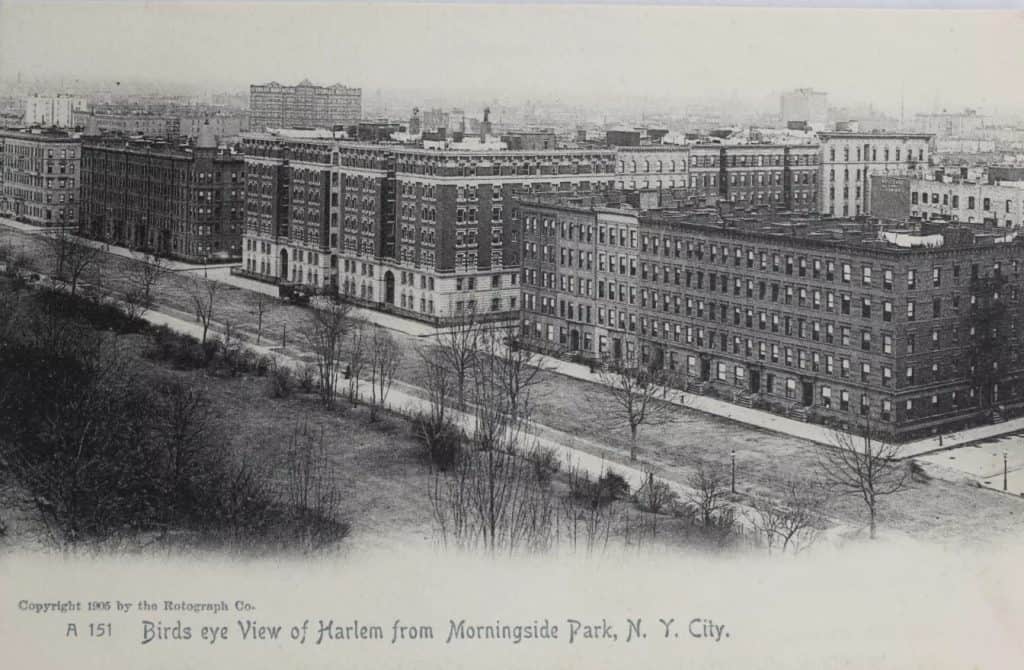
There were so many apartments available in the next twenty years and the owners had become desperate to fill them – their bank accounts were dwindling daily without a penny’s worth of rent coming in.
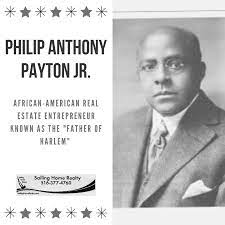
It was the young African American real estate agent Philip Payton, Jr. who offered to fill those apartments with a community of people, like himself, whose lives were based on family and tradition-rich social principles and structures.
Payton’s offer of new, clean, and comfortable living space in handsome uptown apartment houses was eagerly accepted by hundreds and thousands of young working-class men and women.
This did not mean there was an absence of racism in Harlem. Like elsewhere there were landlords, who blatantly charged black tenants more rent than their white neighbors. In many cases the difference was between $20 and $40. The consequence was the rent party. Such gatherings had been a tradition in the south, on any occasion when a friend, relative, or neighbor had a financial setback or unexpected expense. Like in the South, Harlem rent parties became a means to pay the landlord.
Admission to a rent party was a dime or a quarter for the evening. There was music in the front room; conversation, card games, and dice in the bedrooms and there was food – pig’s feet, cornbread, and gin or a bootlegged rye, in the dining room. And of course, a constable to maintain order. One proud veteran of many rent parties claimed that such an event was the best place to learn the uptown news, hear the latest jokes, and listen to the newest music.
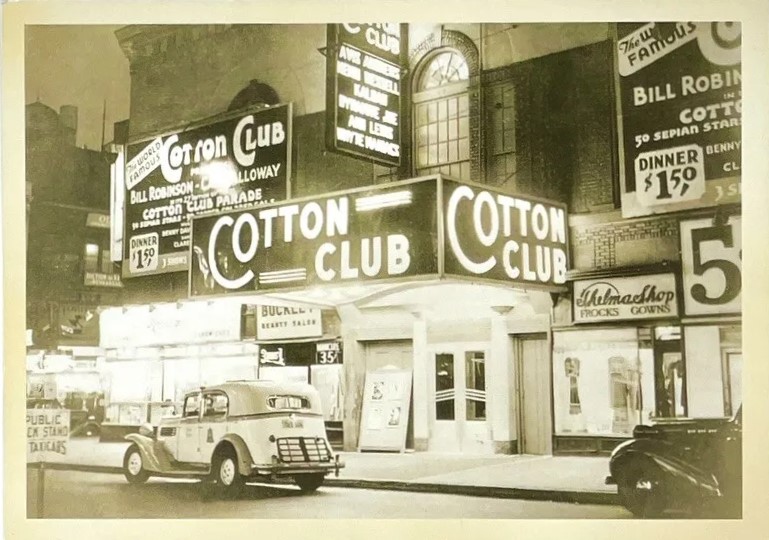
Thousands of wealthy white tourists frequently drove uptown to Harlem nightspots like the Cotton Club, to dance and dine, but for just a few cents, they could have enjoyed all the same kinds of entertainment at a rent party where musicians like Ellington, Blake, and Waller were busy developing reputations that would serve them well in the years to come.

There should never be an idea that everything was peaches and cream, at Harlem rent parties. There were times when neighbors would call the police to quiet a noisy gathering, but most of those calls were appeased by inviting the police or the complainants to the party.
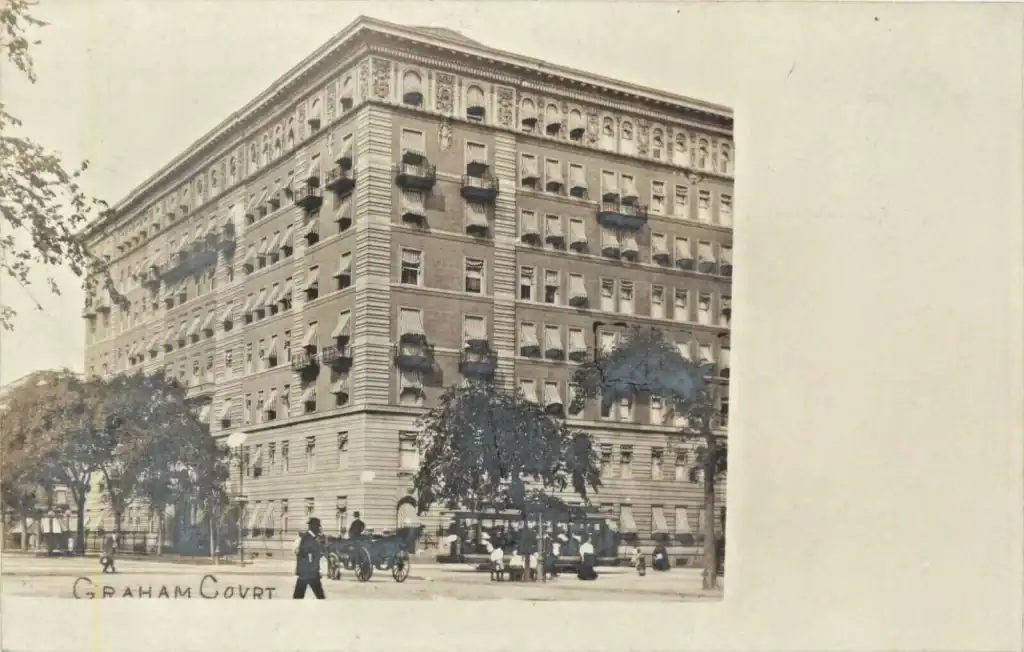
Graham Court is one of Harlem’s most historic apartment buildings. Construction commenced in 1899 and it stands today as an example of the great Harlem real estate boom. It is a building in which many rent parties were held. Often a bit more reserved than most, however it was on every beat-cop’s Saturday night checklist.
Today the former apartment building of 800 rooms has been divided into 92 up-scale apartment units. Several New York politicians call it home, as does movie director Spike Lee who has used the building and the courtyards as backdrops in at least three of his films.
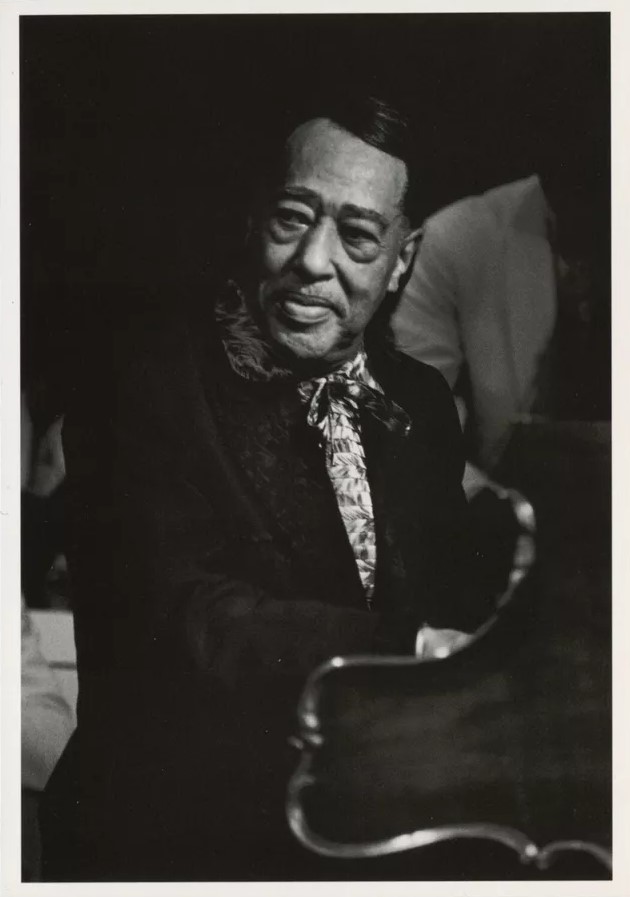
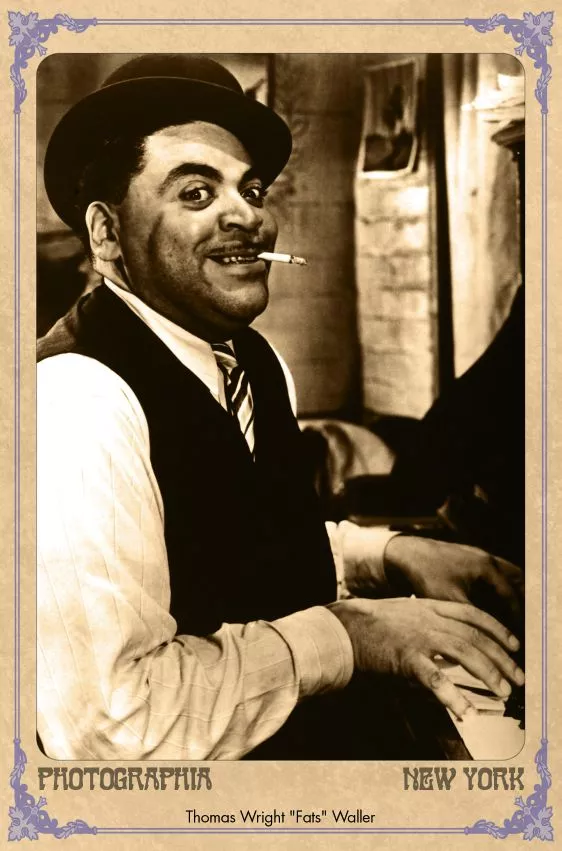
Wow! How interesting…and a great idea!
Although he wasn’t attending a rent party, my father (who grew up in Cleveland) at least once went with his musician dad to a gathering at which legendary jazz pianist Art Tatum was playing for the entertainment of the owner and all those fortunate enough to be invited.